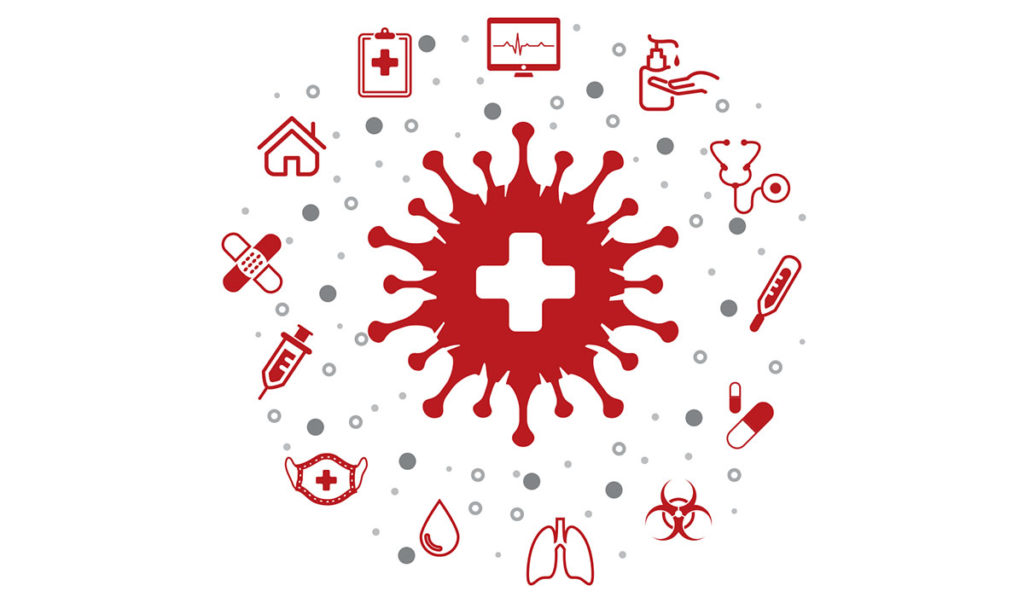
The COVID-19 pandemic continues to have a significant influence on businesses across the nation. One of the biggest areas of change is medical spend and the overall cost of medical plans for employers. Although many might assume medical spend has increased due to persons requiring care as a result of the pandemic, the opposite is true.
According to the MJ Insurance COVID-19 white paper “The Impact of COVID-19 on Employer Medical Plans” — which analyzes the change of medical spend and cost of medical plans for employers using MJ’s proprietary analytics platform, APERTURE® — medical claims, spend and the use of medical services are down significantly. In fact, while total enrollment has remained flat, overall use of medical services have seen a 16% reduction year over year.
A large part of the population has avoided leaving home whenever possible — including trips to a physician, surgery and elective procedures. MJ’s white paper, based on MJ client data, reports that ER utilization is down 26%, surgery claims have gone down 51%, screenings and exams have gone down 57%, primary care visits are down 74% and overall spending has gone down 44%.
Telemedicine and emergency virtual care options are also impacting the trend toward reducing healthcare spending. While these trends have helped mitigate spending on unnecessary tests and evaluations, they may also lead to delayed detection of life-threatening diseases.
Another concern is whether or not the healthcare system can sustain the pent-up demand that could occur when people feel comfortable going back to the doctor. But for now, primary care visits are expected to stay far lower than normal until a widespread COVID-19 vaccine is in use.
For some organizations, these trends will create a surplus of funds — money that can be used to help grow and improve their business. However, once an effective COVID-19 vaccine is widely distributed, the potential delayed demand for in-person healthcare services might lead to a surge in spending. Additionally, distribution hurdles and potential side effects of the vaccine could lead to a longer-term impact on our healthcare system.
It is important to note, as the pandemic continues, the numbers related to overall use of medical services, ER utilization, primary care visits and other relevant statistics are starting to rebound. However, these numbers aren’t all rebounding at the same speed. For example, ER utilization is not recovering as quickly as other areas because people are continuing to use more efficient, less expensive options.
While progress is slow, we are starting to see things go back to normal, with medical spend beginning to revert to levels from one year ago. With the approval of a COVID-19 vaccine, we expect healthcare spend to increase back to near normal, but do not expect a full return to 2019 levels for at least one year.
While we can’t be certain what the future will bring, businesses can be better prepared for whatever’s coming by paying close attention to healthcare trends and taking advantage of them when applicable.
In the meantime, businesses should work with their employee benefits advisor to determine where to best allocate extra funds they may have due to decreased healthcare spend. These experts can help figure out if it’s the right time to expand the business, hire more employees, add to a rainy-day fund or use the surplus in other strategic ways aimed at helping them achieve all their objectives.
Brian Gratigny is VP of Analytics at MJ Insurance, one of the nation’s leading insurance agencies with more than five decades of success.

















